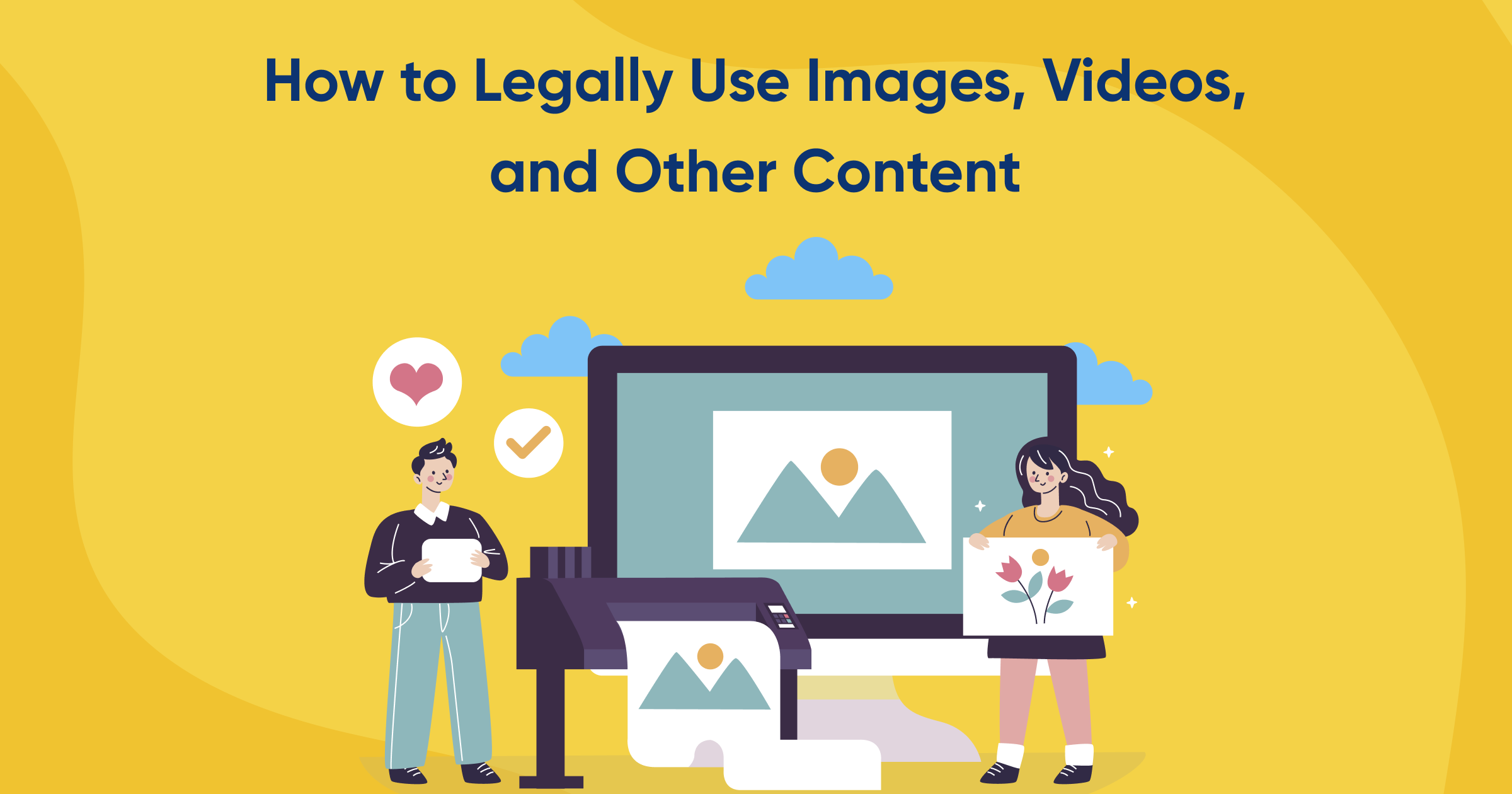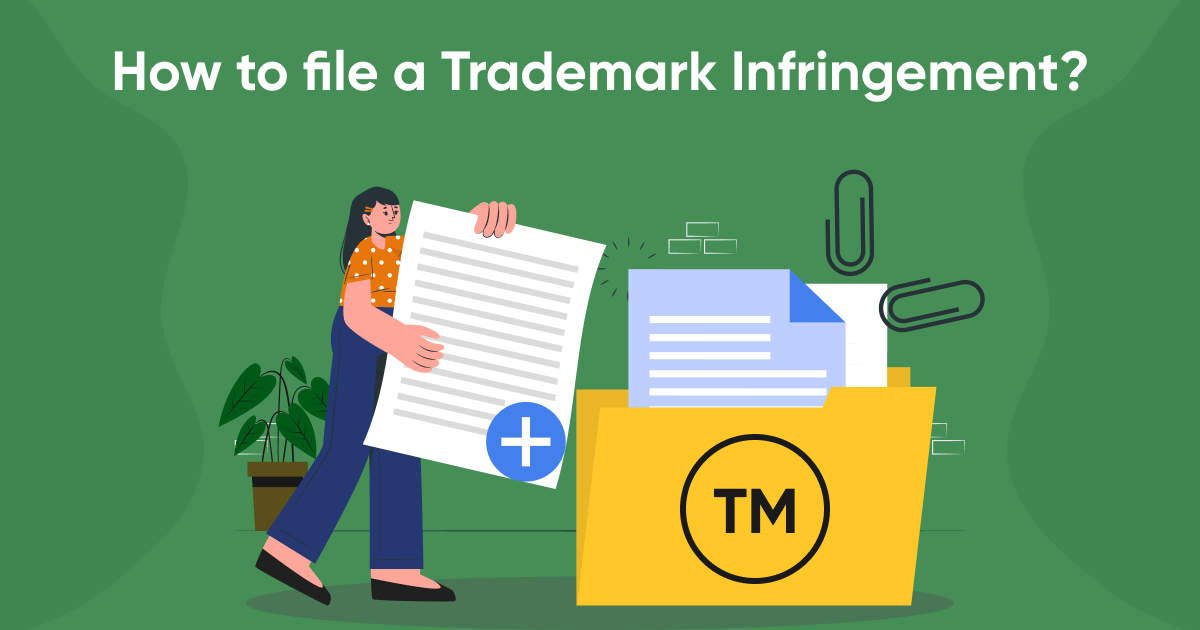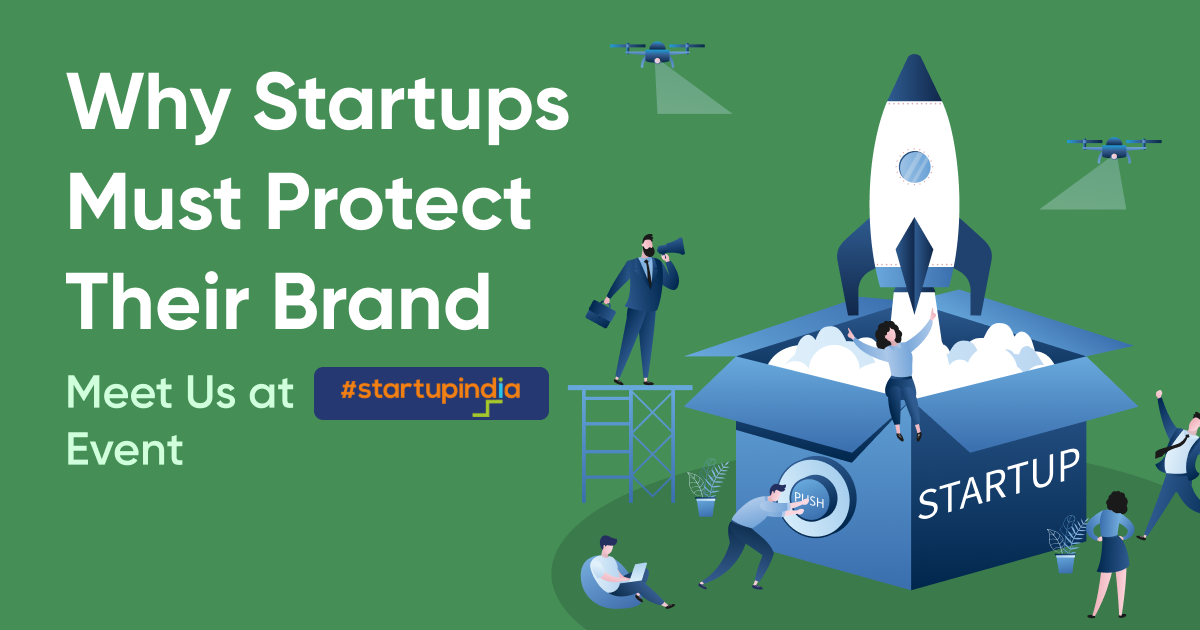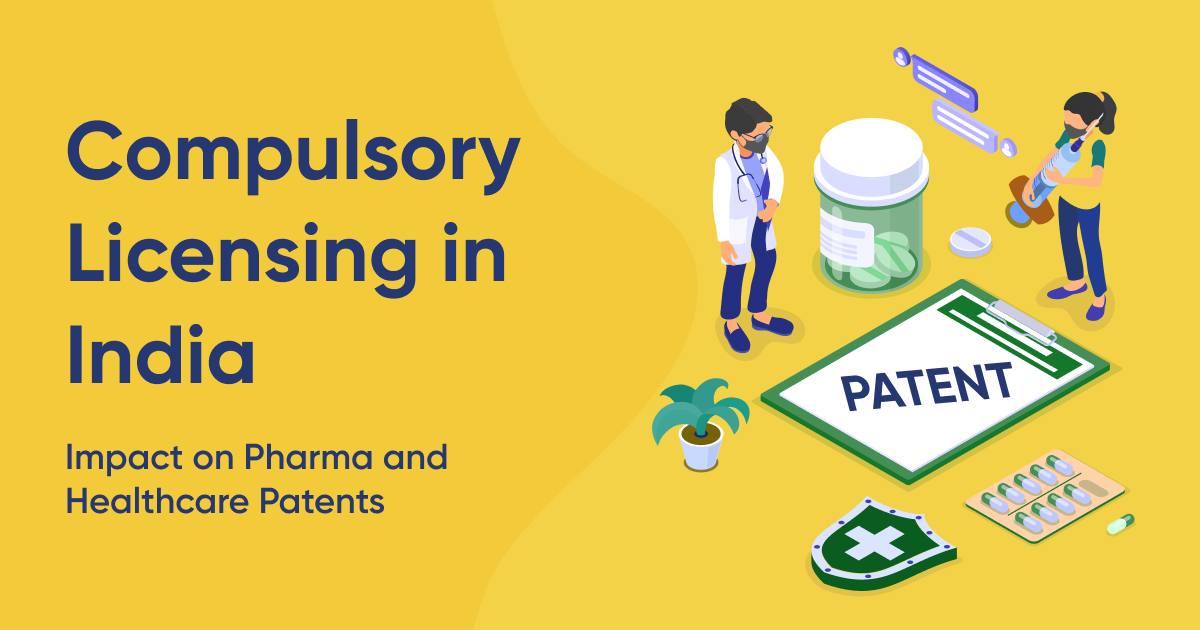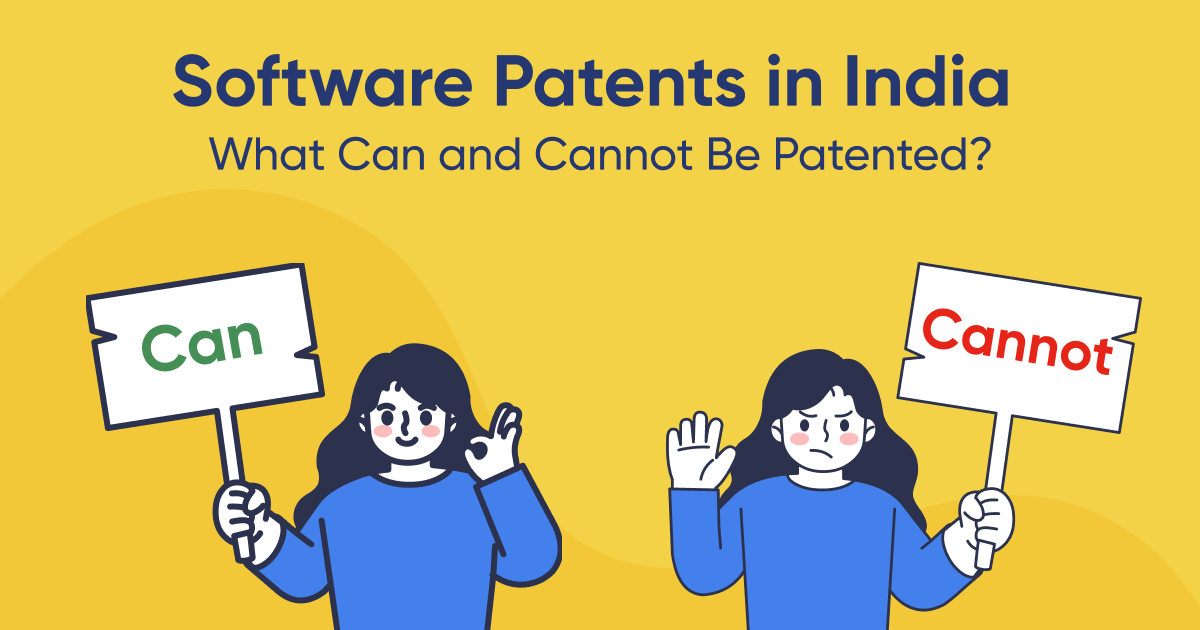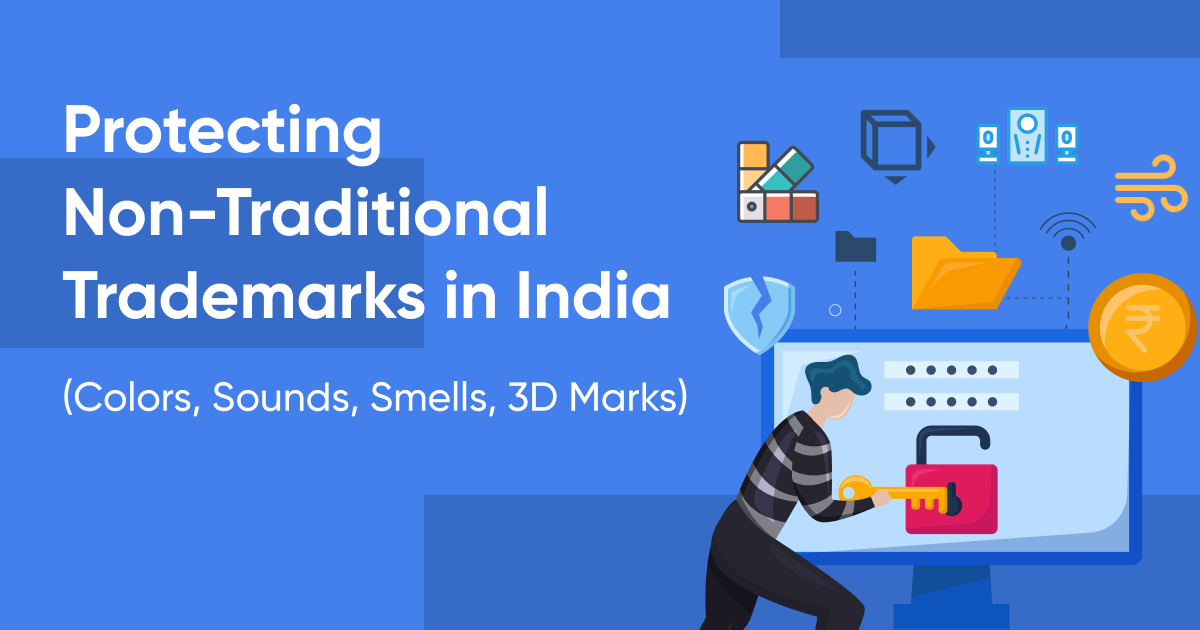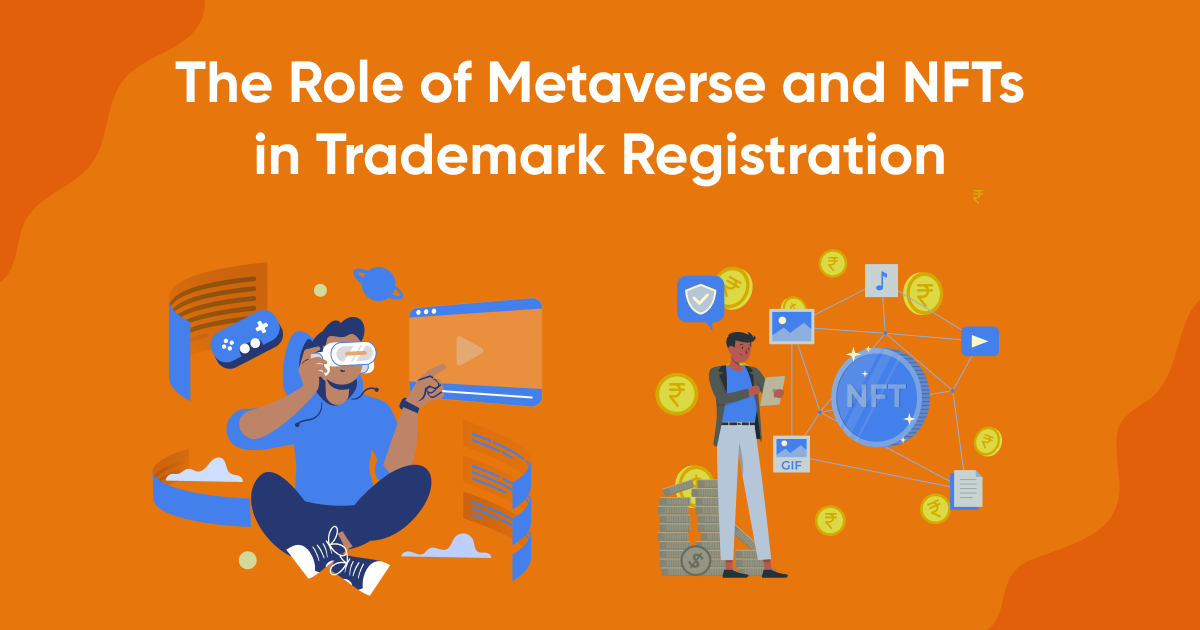The era of digital landscape, content is the core of communication. Whether you're a blogger, business owner, or marketer, using images, videos, and other media is essential to capture your audience's attention. However, using such content without proper legal clearance can lead to serious repercussions. Understanding the laws surrounding copyright, trademark, and intellectual property rights in India is crucial to avoid infringements and hefty fines. This guide will help you navigate the legalities of using images, videos, and other content while ensuring your creative projects stay compliant.
Understanding Copyright Laws in India
Copyright law protects creators of original works, including images, music, videos, and written content. The Copyright Act of 1957 governs copyright in India, giving creators exclusive rights to reproduce, distribute, and display their work.
Whenever you come across an image or video online, remember that it is automatically copyrighted unless stated otherwise. Even if you find it on the internet or social media, you do not have the legal right to use it without permission from the creator. Unauthorized usage can lead to legal consequences, including fines and lawsuits.
Key Points:
- Copyright lasts for the creator's lifetime plus 60 years.
- Using copyrighted material without permission is illegal, even if you credit the creator.
The Importance of Fair Use Doctrine
The concept of "Fair Use" allows limited usage of copyrighted material for purposes such as criticism, commentary, news reporting, teaching, or research. However, in India, the boundaries of fair use are not as clearly defined as in some other countries.
When can you claim fair use?
- Non-commercial Use: If content is used for educational or research purposes without any commercial intent.
- Transformative Use: If the material is used in a way that changes its original purpose or meaning and does not affect its market value.
While fair use provides some flexibility, it is advisable to be cautious, especially for commercial content. If in doubt, seeking legal counsel is the best option.
Public Domain: Your Free Resource
Content in the public domain is not protected by copyright and can be freely used by anyone. In India, works enter the public domain:
- When the copyright has expired (60 years after the creator’s death).
- When the creator has explicitly placed their work in the public domain.
Public domain works are excellent resources for avoiding copyright issues. Websites such as Wikimedia Commons, Internet Archive, and Project Gutenberg offer public domain content that can be legally used in your projects.
Licensing: The Safe Way to Use Content
A license provides legal permission to use copyrighted material under specific conditions. There are various types of licenses, depending on the creator's preferences:
- Creative Commons (CC) Licenses: These licenses offer flexible terms, allowing creators to define how others can use their content. Some licenses permit commercial use, while others are restricted to non-commercial purposes.
- Attribution License (CC BY): Content can be used for commercial purposes, provided proper credit is given.
- Non-Commercial (CC BY-NC): Content can be used as long as it’s not for commercial purposes and proper attribution is given.
- Royalty-Free Licenses: These allow you to pay a one-time fee to use content multiple times without paying recurring royalties. Popular platforms offering royalty-free content include Shutterstock, Pexels, and Unsplash.
Licensing is a secure way to ensure legal content usage. Before downloading or purchasing, always review the terms of the license agreement.
Using Stock Images and Videos
Stock photography and video platforms offer a vast library of legally available content. Some platforms provide free content under specific licenses, while others require a paid subscription. It's essential to carefully read the terms and conditions of each platform.
Popular platforms in India include:
- Free Platforms: Pexels, Unsplash, Pixabay
- Paid Platforms: Shutterstock, Adobe Stock, Getty Images
Free platforms are great resources, but always check the licensing terms, particularly for commercial projects, as some free content may have restrictions on its use in advertisements or products.
Attribution: Giving Credit Where It’s Due
Whenever you use someone else's work, attribution is often required. This means acknowledging the creator and their work, usually through a caption or credit line. Failing to provide proper attribution, even for freely licensed content, can still result in legal issues.
Proper Attribution Example:
- Image: Photo by [Creator Name] on [Platform Name] ([License Type]).
Make sure to check the licensing terms for specific attribution guidelines.
What About Trademarks?
Trademarks protect names, logos, and symbols that distinguish a brand or product. When using logos or branded material, be mindful of trademark law.
In India, trademark infringement occurs when a trademark is used without permission in a way that causes consumer confusion. You cannot use a company's trademark without explicit consent, even if it is for "inspiration."
What is Allowed?
- Nominative Fair Use: Refers to using a trademark to describe the trademarked product or service without implying endorsement. This should be done cautiously.
Embedded Content: How Does It Work?
Embedding content, such as videos from YouTube or posts from Instagram, allows you to share content without hosting it yourself. Since embedded content is linked to its original source, it is generally considered legal. However, ensure that the content you're embedding is not infringing on copyright itself. If it is, even though you're only embedding it, you could still face legal consequences.
User-Generated Content: Tread Carefully
User-generated content (UGC) is any content created by consumers or followers of a brand. While UGC is valuable for marketing, you must obtain explicit permission from the creator before using it.
If you plan to use user-generated images or videos:
- Ask for written permission.
- Clarify how and where the content will be used.
Legal Consequences of Infringing on Copyright and Trademark Laws
Infringing on copyright or trademark laws in India can lead to severe penalties. For copyright infringement, penalties include:
- Fines ranging from INR 50,000 to INR 2 lakh.
- Imprisonment of 6 months to 3 years, depending on the offense.
Trademark infringement carries similarly significant consequences. To avoid these, always use content within the framework of the law.
Conclusion: Play it Safe with Your Content
Using images, videos, and other content legally is crucial in the digital age. Whether you're sourcing content from free platforms or embedding user-generated material, it's vital to respect copyright, trademark, and licensing laws. By obtaining proper permissions, understanding fair use, and leveraging public domain content, you can protect your projects from legal risks.
CTA: Protect your intellectual property and stay compliant with content laws. Contact Trademarkia today for expert advice and assistance in securing your rights and using content legally.
